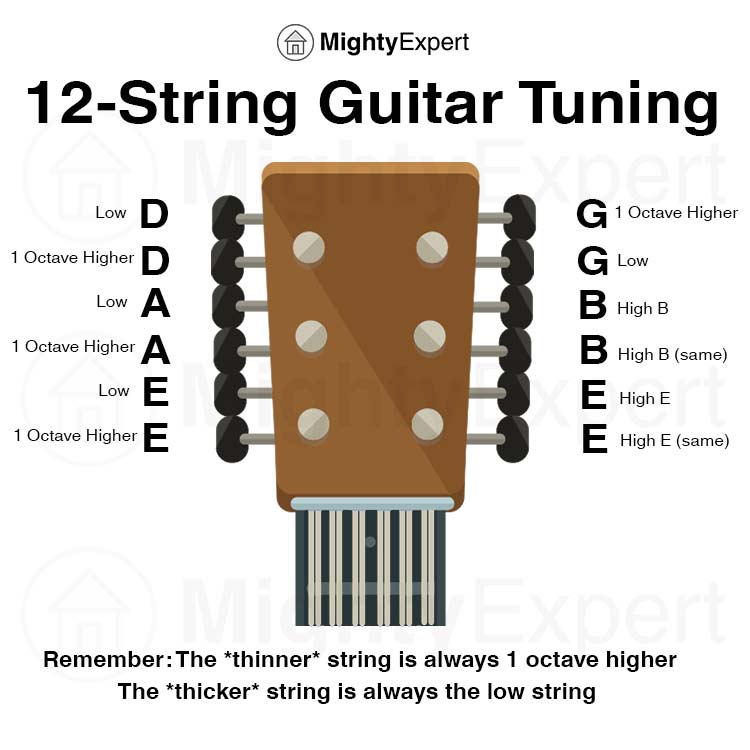


What is the chromatic scale? To put it simply, it’s the entire range of twelve pitches on a musical scale including flats and sharps. It might take a little more time than your regular 6-string guitar, but the richer sound you’ll get makes it well worth it.Ī chromatic tuner is a guitar tuner that can detect any pitch on the Chromatic Scale. Once you’ve gotten through all of the strings, you’re done! The high B string pair should have both strings tuned exactly the same, and the high E string pair should also have both strings tuned in unison. You’ll also see that one of the strings is thicker - tune this string to the regular (low) E.Īfter the G string pair, at B and E, tune both strings in each pair to the same high frequency. You’ll notice that one of the strings is thinner - tune this string to the octave higher E. The thicker string will always be the low note, and the thinner string will always be for the higher octave.įor example, say you’re tuning the E string pair. When tuning the E, A, D, and G string pairs to different octaves, you have to pay attention to the string you’re tuning. The B and E string pairs are tuned in unison to a High B and High E. The most significant difference you’ll have to be aware of is tuning an octave higher in the E, A, D, and G string pairs. That’s perfectly okay, and how every single one of us feels when we get our hands on a 12-string for the first time! Tuning your guitar down a half step can reduce the pressure of the strings, making it easier to play.So you have a 12-string guitar and don’t know where to start with tuning.

You can also tune your guitar without a tuner by ear or by tuning it to another instrument (a piano, another guitar, etc.).Make sure that the app has a chromatic or 12-string guitar setting so you can set your guitar to the right pitch.
#12 string guit tuner free
You can also use an online tuner or a free tuning app, such as Guitar Tuna, Simply Tune, BOSS Tuner, or Fender Guitar Tuner.Many chromatic tuners will show on a digital display whether you need to tune up or down to reach the note you need. Using a clip-on chromatic tuner is ideal because it can detect any pitch along the chromatic scale, which includes sharp notes and flat notes.Then, twist the tuning peg while picking a string to see how far you are from the correct note, and adjust accordingly. Starting with the thickest E string, pick each of the 6 larger strings individually – the tuner should tell you what the current note is. Rest your hand on the strings you aren’t tuning to make sure that the tuner doesn’t pick up vibrations from the other strings. Start by correcting the pitch of the six larger strings.


 0 kommentar(er)
0 kommentar(er)
